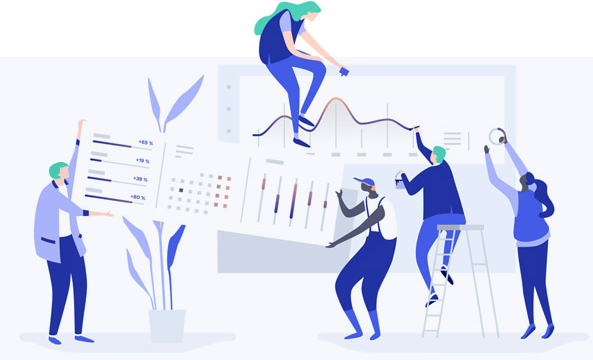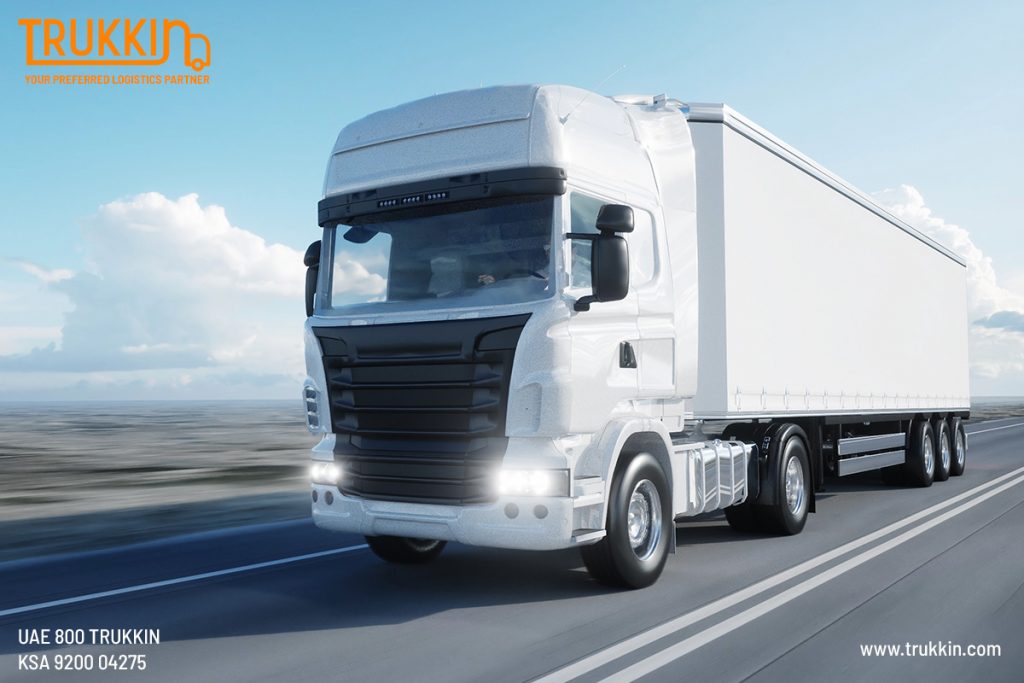Live streaming technology news is a very hot topic nowadays. Due to the onset of pandemic and everyone being restricted to their homes, content creators and even the general public is looking for ways to connect with other people in the world. One of the many ways in which this can be done is through live streaming. You might want to know more details on live streaming if:
- You want to start streaming using more equipment than just your webcam and headphone mic
- You are interested in understanding the basics of online video streaming
- You want to learn the basics of live streaming swiftly
Let’s jump into the basics of live streaming technology news and see what you will need to begin live streaming like a pro:
- Audio & Video Sources: These include your cameras, microphones, computer screens, audio fixers, mixer feeds, extra screens and etc. Basically all the audio and video equipment.
- A Reliable Internet Connection: This is very important to ensure the video quality is consistent and you don’t experience extra buffer time or breakage in content.
- Video Encoder: This is the gold mine that will package your video and then send it online digitally
- A Streaming Website/Destination: This is the place where you will upload your videos online. There are a few examples of this including YouTube, Vimeo, Instagram, and Facebook Live.
Now that we know the components of a successful live stream, let’s look into the details of each;
Audio and Video Sources
Any data in video form is considered a video source and in the same way, any data in audio form is considered an audio source. There can one or more audio and video sources in a particular video. The different combos of audio and video sources are called layouts or scenes.
Audio sources usually come from microphones, lapel, or handheld audio devices, or even from the camera you are using for your video source. In the latter’s case, it’s called embedded audio.
Video sources range from webcams, DSLRs, PTZ cameras to a camcorder or the camera on your phone or tablet. It is not necessary to have external storage on these devices as the live stream doesn’t need storage space.
Let’s Talk Encoders
What is a video encoder and why do you need it? An encoder is necessary because most of your video content will not come in ready in a digital format. What an encoder does is convert your audio and video streams to a format that’s internet friendly.
Encoders come in both software and hardware form. The software encoders can be installed on your smartphone and are good for use when you are making smaller videos. However, these aren’t a great option for larger and high quality videos. In this case, it is best to go for a separate hardware encoder.
Stable Internet Connection
A stable internet connection has to be the most important thing in the live stream technology news out there. You are set with the best equipment and you have great content planned but the video cuts off or takes too long to buffer? That’s a recipe for disaster. So you need a stable connection which should preferably be an Ethernet cable. You can use a good Wi-Fi or 4G connection if it has an upload speed of at least 7.5 Mbps. We would highly recommend doing a speed test before you begin to stream.
Your Streaming Destination
This is an online website where you will be uploading your video or the medium through which people will access your video. These mediums are also referred to as Content Delivery Networks. The most popular ones are Facebook & Instagram Live, YouTube, Twitch, Periscope, and Vimeo. These all are free but there are paid options out there too which give you more control over who sees the stream and how the stream is actually transmitted. The costs for these depends on the amount of data you consume and there are monthly plans you can subscribe to.
Now that we have the basics down, let’s enlist the steps needed for you to start live streaming:
- Connect your audio and video sources to your encoder
- Configure the settings on your encoder to match your screens and layouts
- Configure your streaming destination to receive and stream the video
- Place your Stream key from your CDN to your encoder
- Click on start streaming and voila, you are live
We hope that this article has helped you set up your live streaming equipment. Happy streaming!



